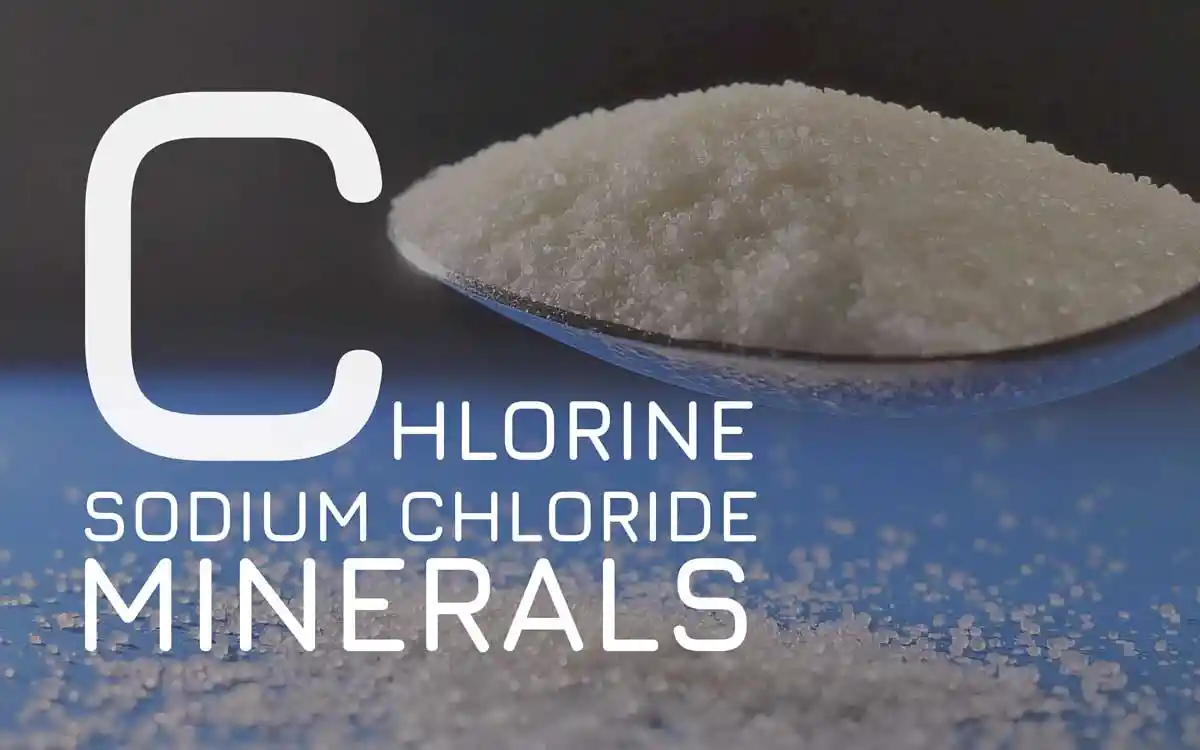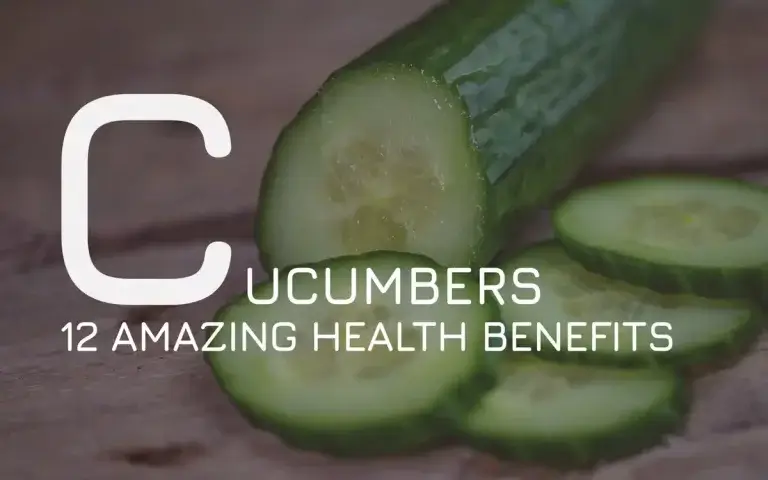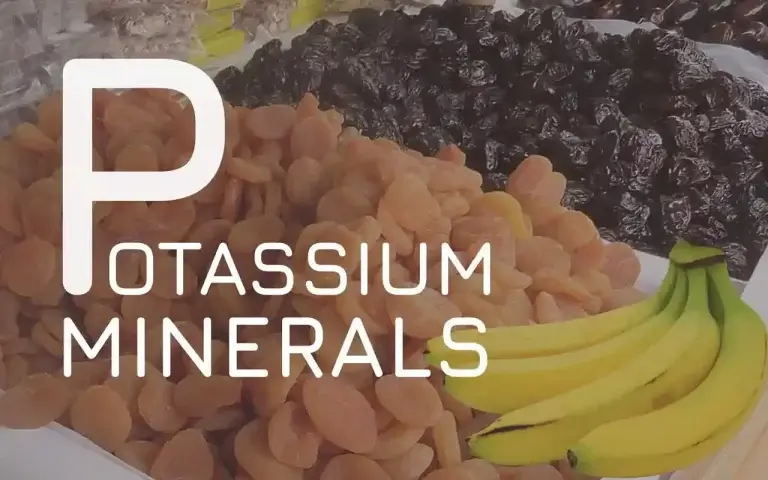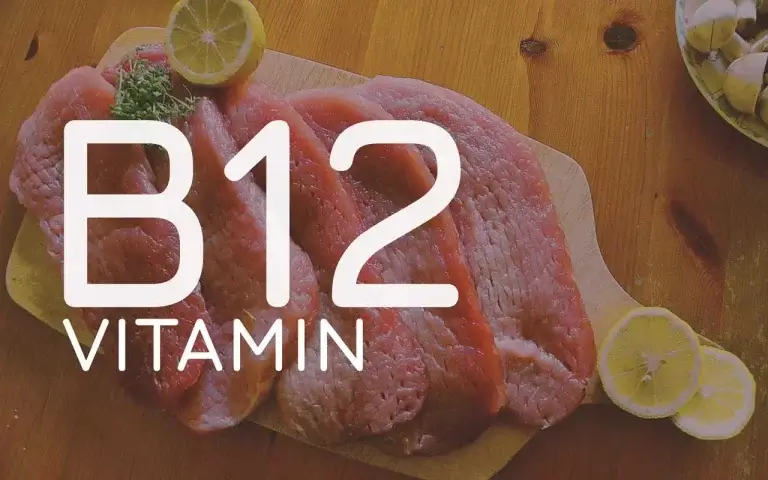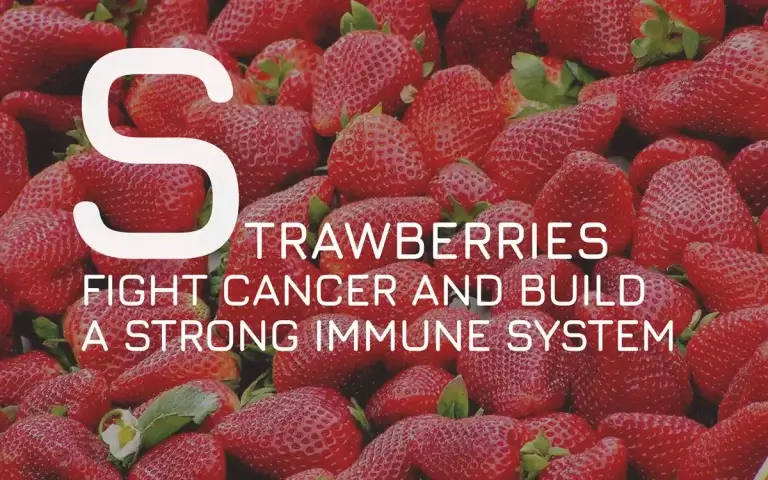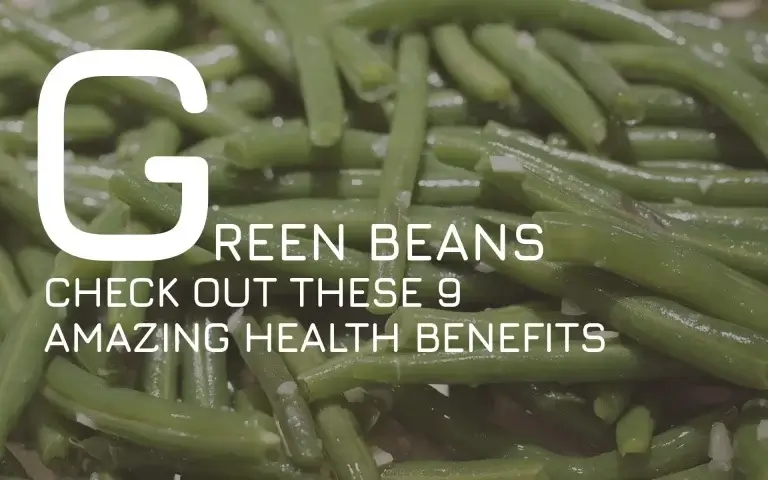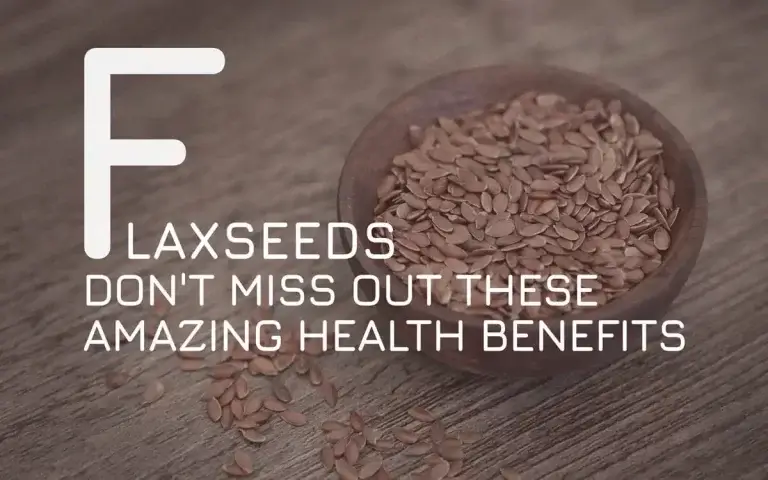How chlorine as sodium chloride can improve your life
Chlorine is an essential nutrient for human health and is found in many different foods. Chlorine is necessary for the body to maintain fluid balance, produce hydrochloric acid in the stomach, and digest food.
Where to find chlorine
Chlorine in food is a necessary mineral that helps keep your body functioning properly. It’s found in many foods we eat, such as salt or sodium chloride (known formally as chlorides). The average person consumes around 2 grams per day- but if you eat too much salt or sodium chloride you might get enough Chlorine to cause some problems! Chlorine is also found in tap water and other drinks.
Chlorine in food as sodium chloride
Chlorine is an essential nutrient that is found in both food and water. It is most commonly found in the form of sodium chloride, which is table salt. It can be also found in other seasonings and spices, such as black pepper, garlic powder, and onion powder.
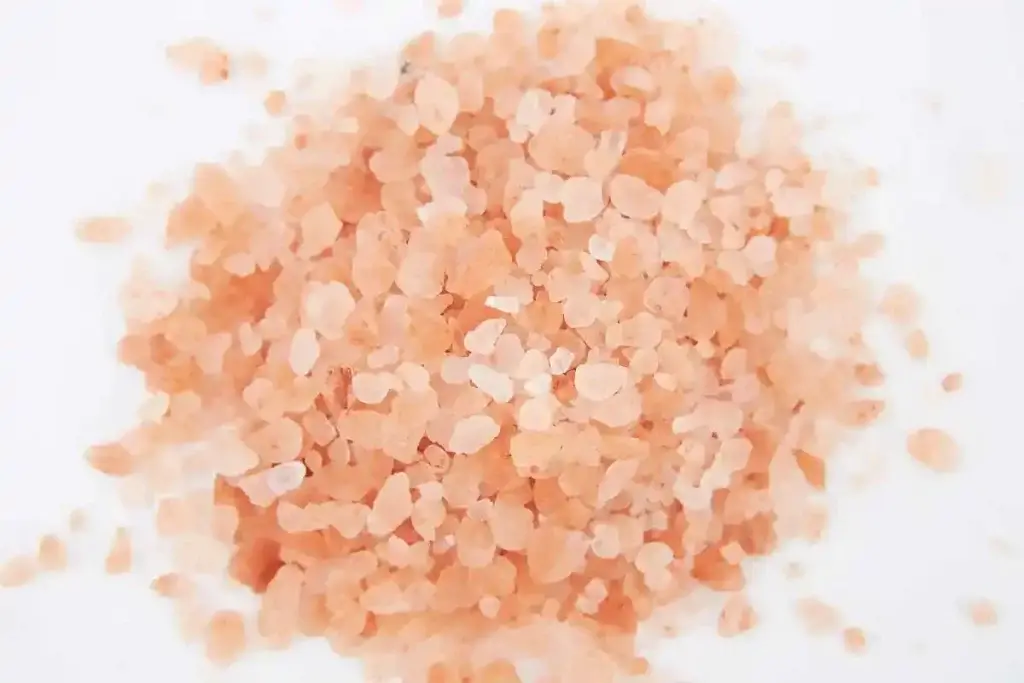
Chloride is important for maintaining a healthy balance of electrolytes in the body, and it also helps to protect against infection. Chloride can be found in a variety of foods, including dairy products, meats, fish, and nuts.
Meat and seafood
Sodium chloride can be found in a variety of meats and seafood. It is most commonly found in the form of table salt, which is used to season and flavor these foods. Chloride can be found in many different types of meat and seafood, including beef, pork, chicken, fish, and shellfish. It is an essential nutrient that is necessary for human health.
Processed meats like hot dogs, cold cuts and other preserved meat products are among the highest sources of chloride in our diets. These include prawns (lobster), canned tuna or salmon, raw oysters mussels, lobster, crab cod- all provide significant amounts to your diet if they’re consumed responsibly. Some high content foods that fall within this category include ham bacon corned beef organ meats salami sausage.
Fruits and Vegetables
Some of the most notable sources of sodium chloride include celery, olives, tomatoes, and potatoes. Salt is found in many canned vegetables due to the salt added for preserving them. For example, one serving of peas can have 510 milligrams or more chloride while fresh produce only has about 8 milligrams per item.
Some of the most healthy fruits are also those that contain small amounts of chloride. For example, cranberries have three times more salt than any other common fruit. Raw fruits and vegetables may have trace amounts of chlorine on them due to their washes in a solution containing cleanliness-boosting chemicals like bleach or detergent rather than just water (which would largely remove any contaminants), these products are still very low-risk factors that won’t hurt us if we eat them. Keep in mind though to wash well any fruits or vegetables before eating them.
Other processed foods
Milk chocolate, toffee, and peanut butter are three more foods that contain chloride in our diets. Almost all canned foods can also provide us with this mineral as well. Tomato sauce or mayonnaise will add some more to your food intake.
Also, the concentration of chloride in dairy products can be quite high, with cheeses typically having more than other types. A serving size that is slightly less than a cup has 1,060 milligrams and the same amount for Camembert has 2300mg. Butter also contains this mineral because it’s seasoned by being salted during its production.
Minimizing your chloride intake can be challenging, but there are plenty of ways you could do it. Look for foods that lack the element sodium because most processed food has both ingredients.
Suggested Chloride intake
The American Heart Association (AHA) recommends no more than 2,300 milligrams per day of chloride from all dietary sources for healthy adults. This includes the sodium chloride that is found in ordinary table salt and other foods. Chloride intake above this level may increase the risk of high blood pressure, heart disease, and stroke.
Chlorine deficiency or excess
Chlorine deficiency can cause a number of health problems such as impaired physical and cognitive development, poor growth, and low blood pressure. Chlorine excess can cause dehydration, weak bones, and high blood pressure.
Chlorine deficiency
Chlorine deficiency is a condition that can occur when our diet lacks the proper amount of chloride. It happens in three ways: through diarrhea or vomit, which causes us to lose fluids; and during serious sweating due not only excess water loss. You need to make sure you’re getting enough of this mineral because it’s important for maintaining your electrolyte balance.
Excess chlorine
Chlorine is a necessary element in our bodies, but too much can be dangerous. The kidneys will get rid of any extra chlorine, if you’re healthy and have them working properly. However, this isn’t always the case for those with kidney problems or who take certain medications that reduce their ability to excrete urine volume (like many drugs).
If you have too much chlorine in your body, the salt can cause a number of problems. Excess salt is linked to high blood pressure and heart disease. Too much sodium can also lead to kidney stones. In addition, the kidneys will work overtime trying to excrete excess sodium from the body which leads to dehydration.
Final thoughts
Chlorine (as sodium chloride) is an important element in our bodies and is necessary for many bodily functions. While too much chlorine can be dangerous, a healthy diet with the right amount of chloride provides many benefits. Chloride deficiencies can cause a number of health problems, so it’s important to make sure you’re getting enough of this mineral. Sources of chloride include many common processed foods, dairy products, and fresh fruits and vegetables. The American Heart Association recommends no more than 2,300 milligrams per day of chloride from all dietary sources.
By NutriWins team

